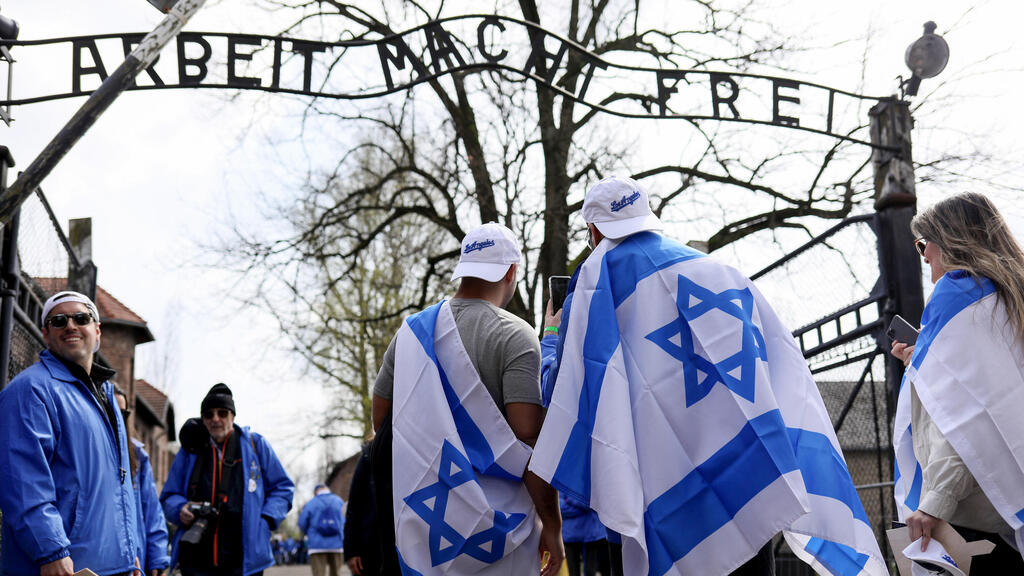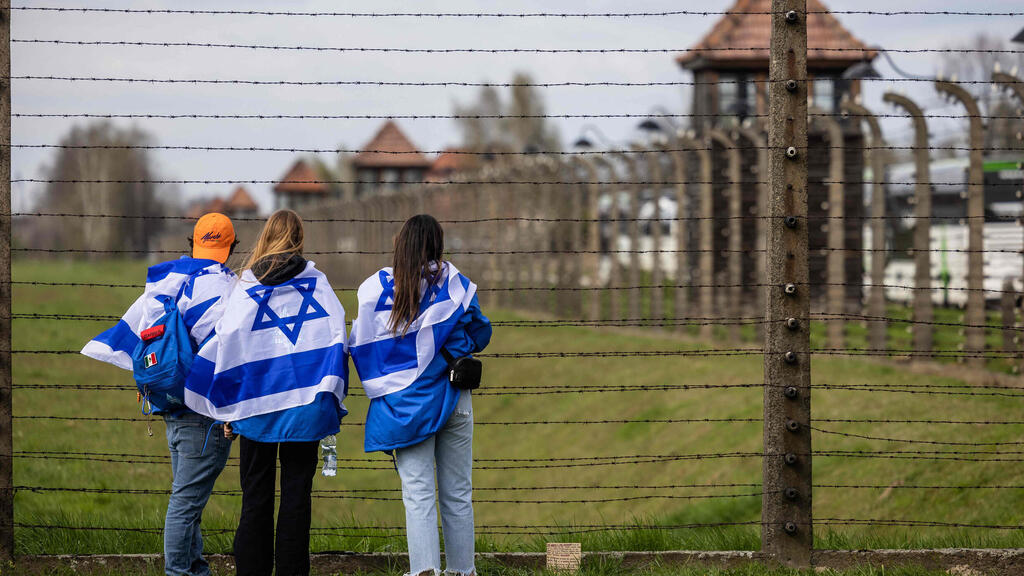The number of Jews worldwide stands at approximately 15.7 million, with around 7.1 million, or about 45% of the world's Jews, living in Israel and approximately 6.3 million, or about 40% of the world's Jews, residing in the United States. These figures were released by the Central Bureau of Statistics (CBS) on Thursday ahead of Holocaust Remembrance Day, which will be observed in Israel next week.
However, the current number of Jews across the globe is still lower than the Jewish population in 1939, before the outbreak of World War II. Additionally, data shows that approximately 133,000 Holocaust survivors and victims of antisemitic persecution are living in Israel.
Out of the 15.7 million Jews worldwide: 7.1 million Jews reside in Israel (45%), 6.3 million in the United States (40%), 440,000 in France (3%), 398,000 in Canada (2.5%), 312,000 in the UK (2%), 171,000 in Argentina (2%), 132,000 in Russia (1.1%), 125,000 in Germany (0.8%), and 117,000 in Australia (0.7%).
Furthermore, according to CBS data, in 1939, on the eve of World War II, the global Jewish population was 16.6 million, including 449,000 in Israel (3%). In 1948, on the eve of the establishment of the state, the global Jewish population stood at 11.5 million, including 650,000 in Israel (6%). By 2019, the global Jewish population had reached 14.8 million, with 6.8 million residing in Israel. If the current growth rate continues, the number of Jews worldwide will surpass the pre-Holocaust figure in a few years.
Out of the 133,000 Holocaust survivors living in Israel, 62% are women and 38% are men. Approximately 43% of the survivors were born during the years 1939-1945 and are currently aged 78-84. Another 36% of all survivors are aged 85-89, with the remaining being over 90 years old (approximately 20%).
The data also shows that 50.8% of all Holocaust survivors are widows or widowers, 36.8% are married, 10.4% are divorced, and only about 2% are single. Half of the Holocaust survivors are married to another survivor – 24,600 out of 49,300. Thus, approximately 12,300 families in Israel have both spouses as Holocaust survivors.
Of the Holocaust survivors living in Israel, 61.1% are European-born. Former Soviet Union-born survivors represent the largest group at 35.8%, followed by 10.8% born in Romania, and 4.9% born in Poland. Additionally, 16.5% of survivors were born in Morocco, and about 2.1% were born in Algeria, experiencing various restrictions during the Vichy regime. Another 10.9% are from Iraq, who experienced the Farhud pogroms. The remaining 6.6% are from Tunisia and Libya.
The CBS’s data also revealed that 6.2% of the survivors made aliyah to Israel even before the establishment of the state. Some 30.5% of the survivors arrived in Israel during the large immigration wave following Israel’s establishment (1948-1951). Another 29.8% arrived in the years 1952-1989, and approximately one-third (33.5%) arrived since the 1990s, during the latest wave of immigration from former Soviet Union countries.
Approximately 58.5% of Holocaust survivors from Germany and Austria immigrated to Israel before the establishment of the state. Most survivors from Poland, Bulgaria, Hungary, Iraq, and Libya arrived during the large immigration wave (1948-1951). The majority of those born in Morocco and Tunisia arrived in the 1950s and 1960s, while most survivors from the former Soviet Union arrived starting in 1990.
An estimated 95% of the survivors reside in urban settlements, with only about 5% residing in rural areas, similar to the rest of the Jewish and other populations in Israel. About one-third of the survivors live in major cities: approximately 9,000 in Haifa, 8,500 in Jerusalem, 5,400 in Tel Aviv-Yafo, 5,000 in the cities of Ashdod and Netanya, and 4,000 in cities Be'er Sheva, Petah Tikva, and Rishon LeZion.
An estimated 10% of all Holocaust survivors reside in institutions, similar to their proportion of the elderly population among Jews and others standing at 9%.
According to data from Israel’s Yahad system helping evacuees amid the war in Gaza, as of the end of February, approximately 1,500 Holocaust survivors were evacuated from their homes in the north and south of the country. Most of them (80%) were relocated to hotels in cities such as Eilat, Jerusalem, Tel Aviv-Yafo, and Tiberias.





